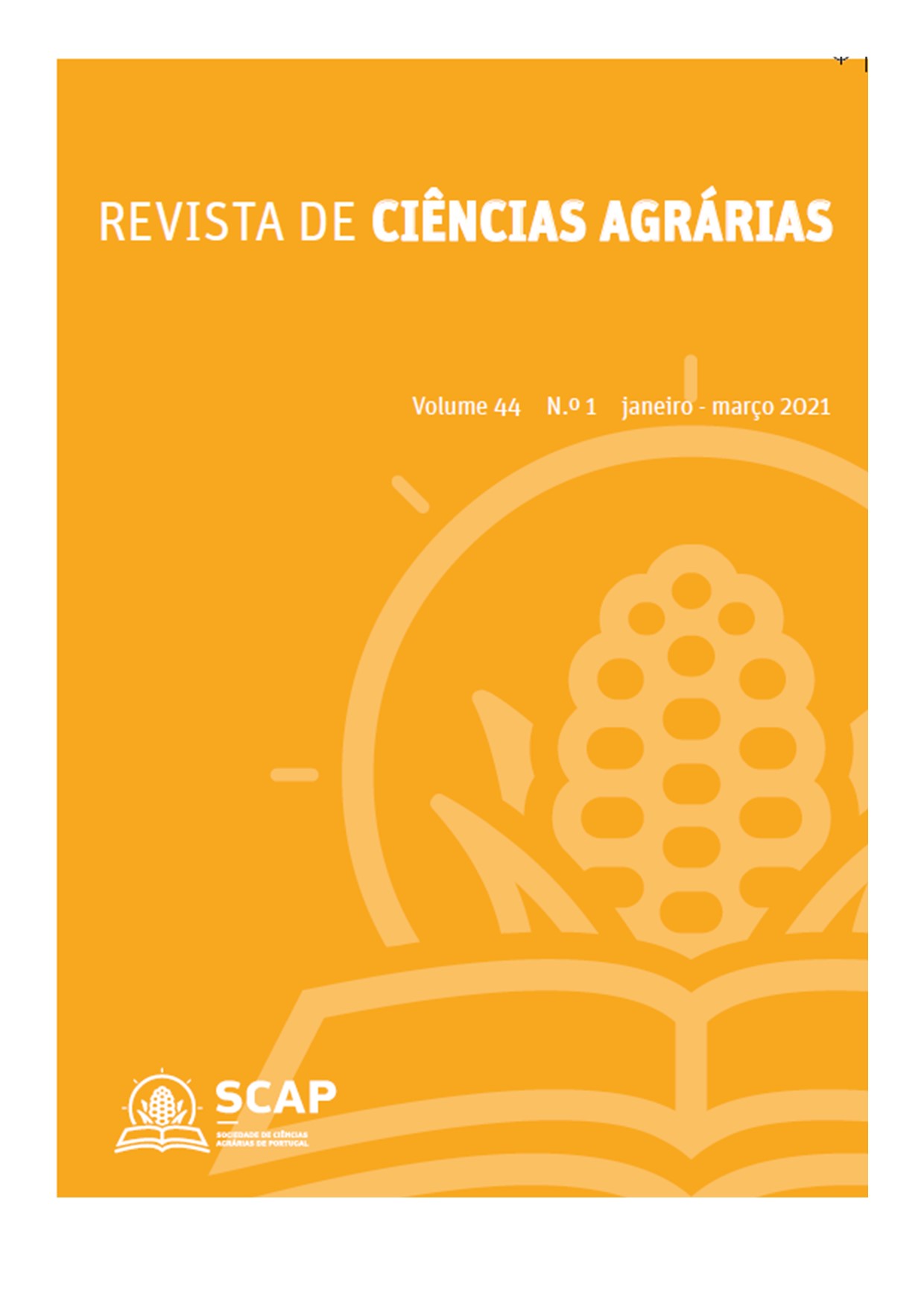Modelagem matemática e propriedades termodinâmicas na secagem do quiabo
DOI:
https://doi.org/10.19084/rca.21469Resumo
O quiabo é uma hortaliça que destaca-se agronomicamente por apresentar ciclo vegetativo rápido, de alto rendimento, além de apresentar considerável valor nutritivo. Em razão da sua composição e de ser consumido ainda verde, a sua vida útil é bastante curta, requerendo algum processo de conservação para manter a aceitabilidade. Nesse sentido, objetivou-se secar o quiabo em fatias, com espessura de aproximadamente 2 mm, nas temperaturas de 50, 60, 70 e 80 °C, ajustar modelos matemáticos aos dados experimentais e determinar os coeficientes de difusão, a energia de ativação e as propriedades termodinâmicas. Observou-se que o aumento de temperatura de secagem em 30 °C reduziu em 50,55% o tempo total de processo. Dentre os modelos matemáticos testados, o modelo de Midilli apresentou os melhores parâmetros de ajustes aos dados experimentais. Os coeficientes de difusão efetivos aumentaram com o incremento da temperatura, apresentando-se na ordem de 10-11 m2 s-1, e sua dependência com a temperatura foi descrita pela Equação de Arrhenius, que indicou uma energia de ativação de 26,12 kJ mol-1. Os valores de entalpia e entropia se reduziram com a elevação da temperatura de secagem, enquanto que a energia livre de Gibbs foi aumentada na faixa de temperatura avaliada.


